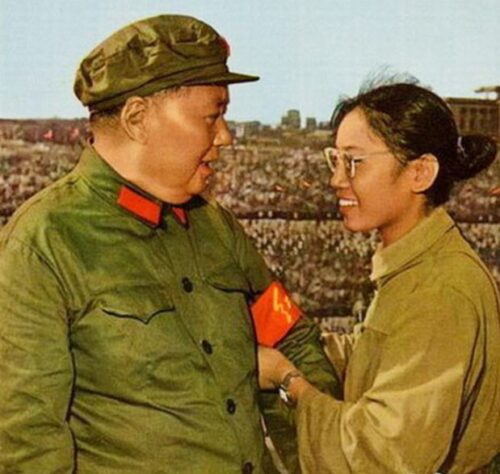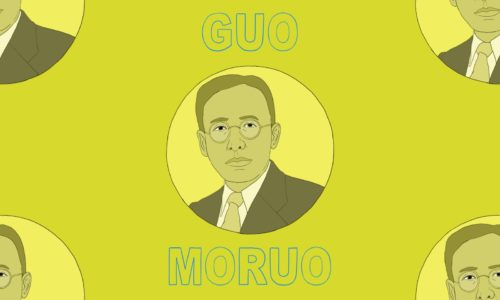How Mao mobilized millions and benefitted from the chaos

This month’s Kuoras will examine the Cultural Revolution. We begin with a column from one of Kaiser’s answers originally posted to Quora on April 11, 2016:
What was the Cultural Revolution in China?
In a nutshell, the Cultural Revolution — which broke out in the spring of 1966 — was Máo Zédōng’s 毛泽东 attempt to come back from the relative political irrelevance to which he had been relegated in the years following the Great Leap Forward and the famine that it helped produce, and to impose Mao’s notion of “continuous revolution” on China.
From 1961 to early 1966, Mao had been in partial eclipse. Liú Shǎoqí 刘少奇, who had been Mao’s anointed successor, was actually in charge of day-to-day governing, and Dèng Xiǎopíng 邓小平, another old revolutionary, was in charge of economic policy. They had implemented some significant changes intended to rationalize economic policy by introducing some (albeit quite limited) market elements such as allowing increased wage differentiation in work units, promoting “experts” rather than “Reds” into positions of leadership not only within the Party but in major state-owned enterprises, and rationalizing central planning mechanisms.
Mao, however, believed that this was “Right deviationism,” and condemned these “capitalist roaders” when he launched the Cultural Revolution in May of 1966. He believed that the revolution had to continue to renew itself — that there would always be people who would enjoy the fruits of revolutionary success and form a new oppressor class, and that these people needed to be attacked. It was actually a flank attack, then, on the Party bureaucracy that had sidelined Mao. He mobilized young people, tapping into their naturally-occurring rebelliousness and channeling it against Party authority as well as all manifestations of “elitism,” whether in hospitals, schools, factories, or communes.
In its first intense phase from 1966–1969, he called on these young “Red Guards” to struggle against Liu, his faction, and his supporters. They were urged to “bombard the headquarters.” The movement, stirred up by Mao, quickly became broadly anti-intellectual and anti-traditional (smashing the “four olds” which included destruction of many valuable antiques representing the old “feudal” pre-revolutionary society). The only institution that really survived its ravages intact was the People’s Liberation Army, which was able to largely restore order in 1969.
In its later phase many of these Red Guards — as well as ordinary urbanites — were “sent down” to the countryside to learn from agrarian toil. In the early 1970s, a new campaign against Confucius and Lín Biāo 林彪 (who was Mao’s second anointed successor, but who fell out of favor) raged under the direction of Mao’s wife, Jiang Qing, and her “Gang of Four.” It finally ended with Mao’s death in 1976, and with the subsequent downfall, trial, and jailing of the Gang of Four.
Also see:
Kuora: Mao Zedong’s legacy — and Deng Xiaoping’s role in preserving it
Kuora is a weekly column.





